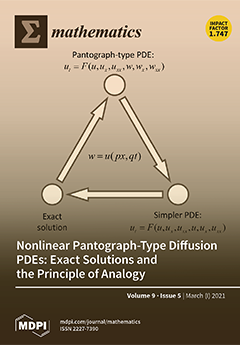In most of the service systems considered so far in queuing theory, no fresh customer is admitted to a batch undergoing service when the number in the batch is less than a threshold. However, a few researchers considered the case of customers accessing
[...] Read more.
In most of the service systems considered so far in queuing theory, no fresh customer is admitted to a batch undergoing service when the number in the batch is less than a threshold. However, a few researchers considered the case of customers accessing ongoing service batch, irrespective of how long service was provided to that batch. A queuing system with a different kind of accessibility that relates to a real situation is studied in the paper. Consider a single server queuing system in which the service process comprises of
k stages. Customers can enter the system for service from a node at the beginning of any of these stages (provided the pre-determined maximum service batch size is not reached) but cannot leave the system after completion of service in any of the intermediate stages. The customer arrivals to the first node occur according to a Markovian Arrival Process
. An infinite waiting room is provided at this node. At all other nodes, with finite waiting rooms (waiting capacity
), customer arrivals occur according to distinct Poisson processes with rates
. The service is provided according to a general bulk service rule, i.e., the service process is initiated only if at least
a customers are present in the queue at node 1 and the maximum service batch size is
b. Customers can join for service from any of the subsequent nodes, provided the number undergoing service is less than
b. The service time distribution in each phase is exponential with service rate
, which depends on the service stage
, and the size of the batch
. The behavior of the system in steady-state is analyzed and some important system characteristics are derived. A numerical example is presented to illustrate the applicability of the results obtained.
Full article





